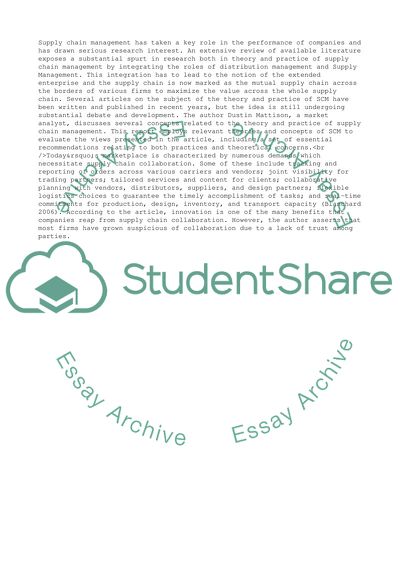Cite this document
(Collaboration Between Supply Chain Partners Article Example | Topics and Well Written Essays - 2000 words, n.d.)
Collaboration Between Supply Chain Partners Article Example | Topics and Well Written Essays - 2000 words. https://studentshare.org/management/1818023-supply-chain-management-case-study
Collaboration Between Supply Chain Partners Article Example | Topics and Well Written Essays - 2000 words. https://studentshare.org/management/1818023-supply-chain-management-case-study
(Collaboration Between Supply Chain Partners Article Example | Topics and Well Written Essays - 2000 Words)
Collaboration Between Supply Chain Partners Article Example | Topics and Well Written Essays - 2000 Words. https://studentshare.org/management/1818023-supply-chain-management-case-study.
Collaboration Between Supply Chain Partners Article Example | Topics and Well Written Essays - 2000 Words. https://studentshare.org/management/1818023-supply-chain-management-case-study.
“Collaboration Between Supply Chain Partners Article Example | Topics and Well Written Essays - 2000 Words”. https://studentshare.org/management/1818023-supply-chain-management-case-study.


